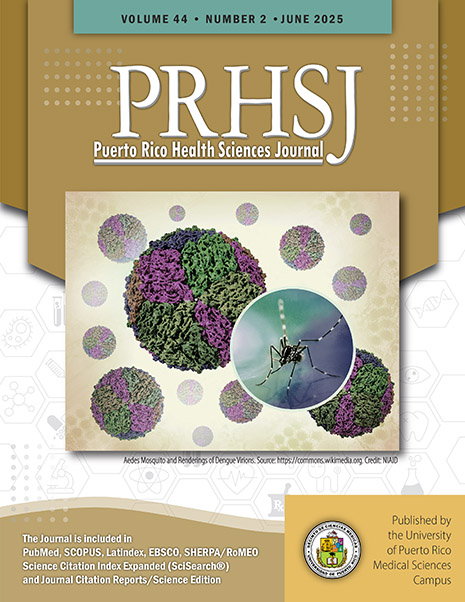Abstract
Objective: The objective of this study was to analyze and compare the distribution patterns of fentanyl, morphine, meperidine, and codeine in the continental US compared to Puerto Rico from 2018-2023. Attention was given to meperidine due to its extensive adverse effect profile and irreversible central nervous system toxicity. Methods: Data was collected from Automation of Reports and Consolidated Orders Systems (ARCOS). The dataset included annual distribution data for meperidine, fentanyl, morphine, and codeine in the US and Puerto Rico. Population data was collected from US Census data and the American Community Survey. Data analyses were conducted using Microsoft Excel Version 2410. For each opioid, the mean distribution and standard deviation (SD) were calculated for the continental US. The mean distribution in Puerto Rico was compared to the US mean distribution with a 95% confidence interval. ANOVA tests were performed to assess differences in distribution of each opioid across years (2018, 2020, and 2022) within the continental US. All descriptive statistics and ANOVA calculations were conducted with statistical significance determined at p < 0.05. Results: From 2018 to 2023, meperidine distribution declined in both regions but decreased more sharply in the continental US (82.6%) compared to Puerto Rico (43.5%). Distribution levels exceeded six standard deviations above the US mean in 2023. Fentanyl and morphine distributions were consistently lower in Puerto Rico than in the continental US. Conclusion: There was a disproportionately high distribution of meperidine in Puerto Rico compared to the continental US across the years studied.
Authors who publish with this journal agree to the following terms:
a. Authors retain copyright and grant the journal right of first publication with the work simultaneously licensed under a Creative Commons Attribution License that allows others to share the work with an acknowledgement of the work's authorship and initial publication in this journal.
b. Authors are able to enter into separate, additional contractual arrangements for the non-exclusive distribution of the journal's published version of the work (e.g., post it to an institutional repository or publish it in a book), with an acknowledgement of its initial publication in this journal.
c. Authors are permitted and encouraged to post their work online (e.g., in institutional repositories or on their website) prior to and during the submission process, as it can lead to productive exchanges, as well as earlier and greater citation of published work (See The Effect of Open Access).
